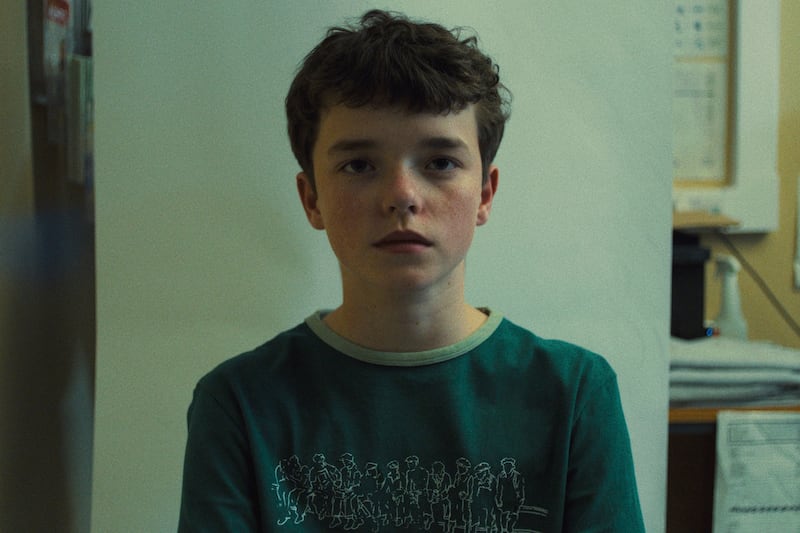The odds of a US recession in 2023 are rising. Some might be tempted to wait for the storm to pass before investing, but that’s a risky approach, according to data from JP Morgan’s Michael Cembalest.
It’s not that Cembalest thinks stocks have bottomed. Historically, stocks tended not to bottom until interest rates have peaked, says Cembalest. The best leading economic indicator, US PMI (Purchasing Managers’ Index) surveys, also suggest further market pain may be ahead. However, while investing in a declining market can be painful, deciding to wait for brighter days isn’t a viable strategy.
During 2020′s Covid-related recession, stocks had gained 20 per cent by the time GDP bottomed, and 30 per cent by the time GDP started to rise again. During the global financial crisis in 2009, stocks had already soared 25 per cent by the time the economy bottomed out, and 44 per cent by the time GDP started to rise again.
Data from recessions in 1990, 1982 and 1974 paints a similar picture, says Cembalest, with stocks bottoming months before the economy bottoms out. It’s just not practical to wait for the economic clouds to lift.
Adolescence: Five truths about our teenage boys we need to address urgently
Ken Early: Evan Ferguson gives Ireland fans a glimpse of the player they dream he will become
The experience of Irish Britons: ‘If you’re English and Irish at the same time like I am, it’s a bit of a problem’
Q&A: Will caring for my siblings when my mum died qualify me for a full State pension?
To quote an old market adage, by the time the smoke has lifted, the train will have left the station.












